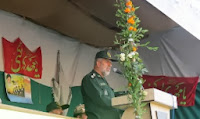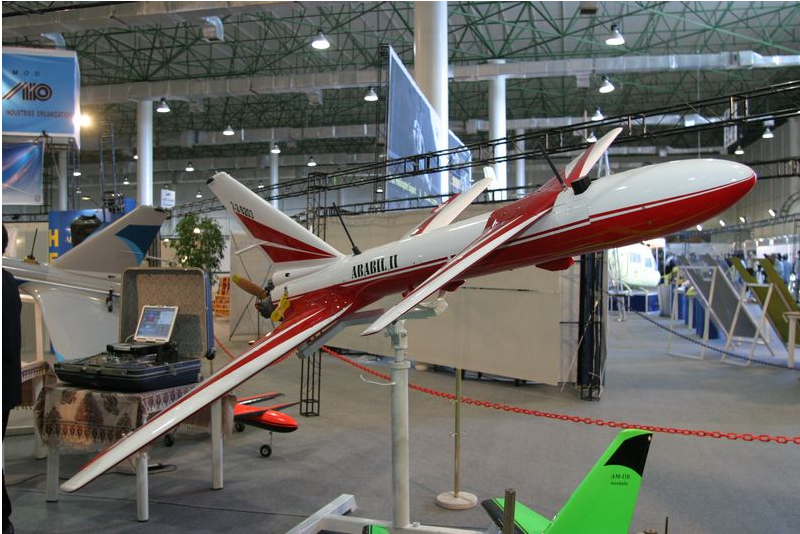60th 'Ammar Yasir' Armored Brigade
 |
| Colonel Ali Koohi (Qaboos Nameh) |
Google Earth offers imagery from August 2010, July 2011 (poor-quality), January 2012, March 2012 and May 2013. Bing Maps supplements this with imagery from July 2011 (high quality).
The core of the brigade's fighting strength consists of a battalion of T-54/55 tanks, which includes both the 'clean' Type-69, and upgraded T-72Z/Safir-74 types. Around 40 of these are visible on GE's 08/2010 imagery. (1) In 01/2012, three of them can be clearly seen in the parade yard loaded on to tank-transporters. (2)
 |
| T-72Z/Safir-74 (IRNA) and Type-69 (Arteshi Forum) |
Supporting these tanks are a handful of other light AFVs. This includes the BMP-1 IFV; no more than six of which are visible on GE at any given time, though the fact that these are seen extending from a garage suggest there may be more under cover. (3)
 |
| BMP-1 (Arteshi Forum and IRNA) |
Though the Boragh mortar carrier has been seen on parade, it cannot be confidently identified on the overhead imagery. One candidate are three BMP-sized AFVs adjacent to the garage, which appear to lack the distinctive circular turret of the BMP-1. (4) That being said, these differences are so miniscule that it's impossible to tell for sure; the turret is often the first recognition feature to disappear in overhead imagery. Another candidate are two more BMP-sized AFVs visible in 08/2013 with a unique hull-deck profile. An alternative explanation for these two is that the profile is caused by covered Zu-23-2 guns on a pair of Boragh air-defense vehicles. (5)
 |
| (IRNA) |
The most interesting AFV used by this brigade is, by far, is the EE-9 Cascavel III. While Iran is reported to have imported 130 from Libya in 1980, the fact that Libya operated the Cascavel II variant*, which can be identified by its lack of commander's cupola, suggests this is one of the many captured from Iraq. At least one can be seen on GE's 03/2012 imagery.
* - Very little photographic evidence of Libyan EE-9s exist. Thus, it is possible that Libya procured Cascavel IIIs in addition to the Cascavel IIs they are known to have imported.
 |
| EE-9 Cascavel III (IRNA) Note:For some reason, Blogger feels compelled to flip this image. My apologies. |
References


.jpg)

Comments
Post a Comment